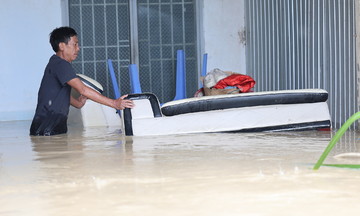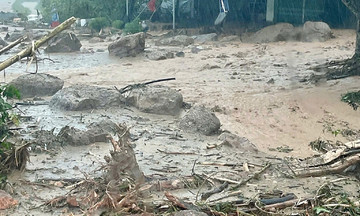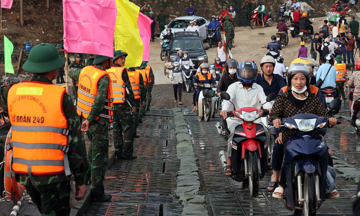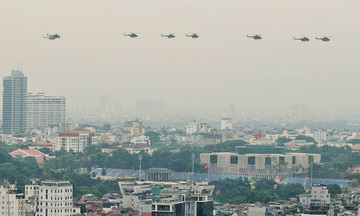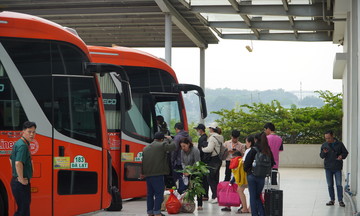According to the National Center for Hydro-Meteorological Forecasting (NCHMF), at 7 a.m., the typhoon reached category 11 (117 km/h), with gusts up to category 13, moving slowly north-northeast at 5 km/h. It is forecast to maintain its intensity on 7/7 while moving over the waters of Fujian province (China), then accelerate to 15-20 km/h. By 7 a.m. on 8/7, the typhoon is expected to be over the waters of Zhejiang province, reduced to category 10 with gusts up to category 12, before making landfall and weakening.
International meteorological agencies agree that the typhoon will not affect the Vietnamese mainland. The Japan Meteorological Agency predicts the typhoon will peak tomorrow with winds exceeding 160 km/h; the Hong Kong Observatory suggests Danas is currently at its strongest with winds around 130 km/h.
However, due to the influence of the typhoon's circulation, the northeast region of the North East Sea will experience thunderstorms and strong winds of category 7-9; near the typhoon's center, winds will reach categories 10-11, with gusts up to category 13; and waves will be 4-6 meters high. Vessels operating in this area should take precautions to ensure safety.
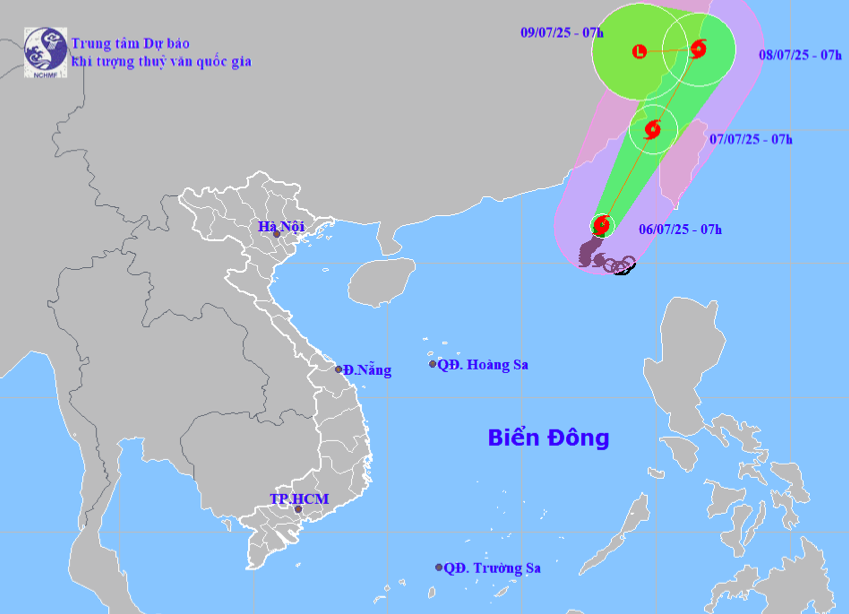 |
Forecast path of Typhoon Danas, 6/7. Photo: NCHMF |
Forecast path of Typhoon Danas, 6/7. Photo: NCHMF
Earlier this year, the East Sea experienced one typhoon, Wutip, which did not make landfall in Vietnam but its western circulation caused widespread heavy rain in the central region from 11/6 to 13/6, with rainfall commonly reaching 300-650 mm, and up to 768 mm in Nam Dong (Thua Thien Hue).
The resulting floods killed 11 people in Thua Thien Hue, Quang Tri, and Quang Binh; flooded over 3,500 houses; affected about 88,000 hectares of crops; caused landslides and flooding on many national highways; forced the cancellation or delay of over 20 flights in Da Nang; and postponed the final round of the Miss River Huong pageant on the evening of 14/6.
This year, the East Sea is forecast to experience 11-13 typhoons and tropical depressions, of which about five to six are likely to directly impact the Vietnamese mainland. Northern Vietnam is at high risk from July to September, while central and southern Vietnam are at risk from September to November.
Gia Chinh






